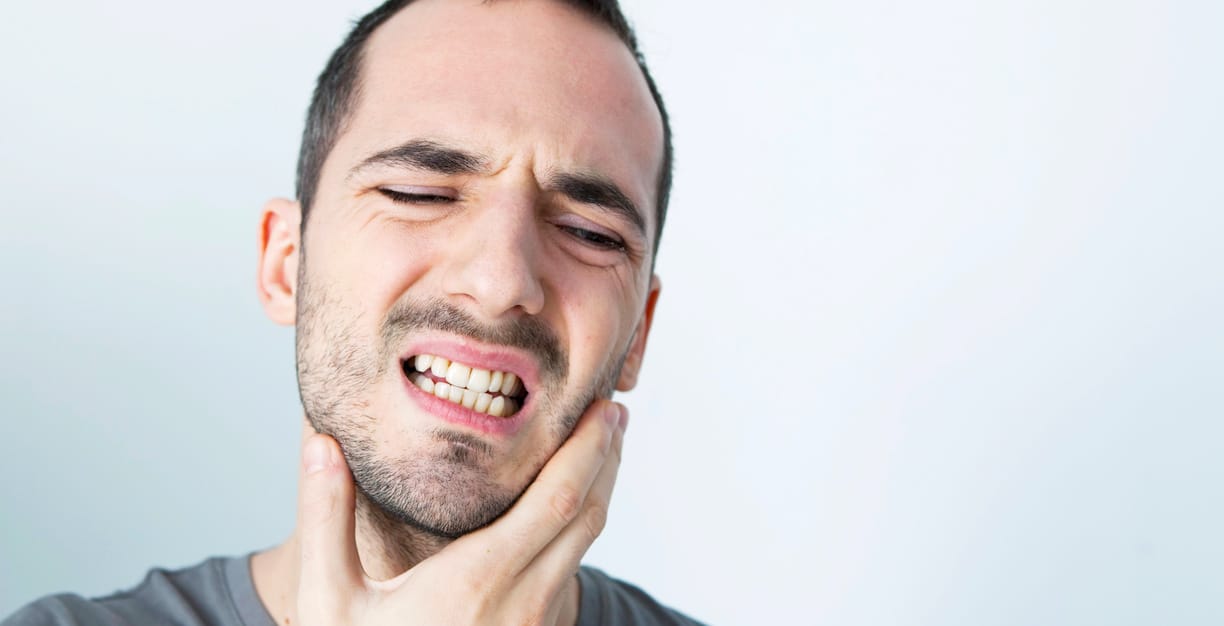Bruxism, a condition characterized by excessive teeth grinding or jaw clenching, is a common dental issue affecting both adults and children. It often occurs during sleep, making it difficult for individuals to realize they have this condition until they start experiencing symptoms such as jaw pain, headaches, and tooth damage. While bruxism may not pose severe health risks in its early stages, if left untreated for an extended period, it can lead to more serious dental problems like temporomandibular joint disorders (TMJ). Therefore, it’s crucial to understand the treatment options available for managing bruxism effectively.
Dental Approaches to Treating Bruxism
One of the most common methods of treating bruxism involves using dental appliances and corrections. These are designed to protect the teeth from damage caused by grinding or clenching.
- NightGuards and Splints: These are custom-made devices that fit over your upper or lower teeth. They create a barrier between your upper and lower teeth, preventing them from grinding against each other while you sleep. Nightguards and splints also help reduce muscle strain by allowing your jaw to rest comfortably.
- Dental Correction: In some cases where bruxism is caused by misaligned or uneven teeth, dental correction may be necessary. This could involve reshaping the chewing surfaces of your teeth or using braces to correct your bite.
Behavioral Therapies for Bruxism
Behavioral therapies aim at changing behavior through various techniques and strategies. They can be highly effective in managing bruxism, especially when it’s stress-related.
- Stress Management: Since stress is a significant trigger for many people with bruxism, learning how to manage stress can help control this condition. Techniques such as yoga, meditation, deep breathing exercises can help reduce stress levels and subsequently lessen bruxism episodes.
- Biofeedback: This is a technique where individuals learn to control their body’s functions, such as muscle tension. In the case of bruxism, biofeedback can help you become more aware of your clenching or grinding and teach you how to relax your jaw muscles.
- Cognitive Behavioral Therapy (CBT): CBT is a type of psychological treatment that helps individuals understand and change thought patterns leading to harmful actions or feelings. For bruxism, CBT can help identify and alter the behaviors contributing to teeth grinding.
Medications for Bruxism
While there’s no specific drug to cure bruxism, certain medications may help in reducing its symptoms or managing its underlying causes.
- Muscle Relaxants: These are often prescribed for short-term use to help relax your jaw muscles at night and reduce grinding.
- Botox Injections: Though not a first-line treatment, Botox injections can sometimes be used to weaken the muscles responsible for bruxism, thereby reducing teeth grinding and clenching.
- Medications for Anxiety or Depression: Since stress, anxiety, and depression are often linked with bruxism, treating these conditions with appropriate medications may also help manage bruxism symptoms.
In Closing
Bruxism is a prevalent condition that can lead to significant dental problems if left untreated. Fortunately, several effective treatment methods ranging from dental appliances and corrections, behavioral therapies, and medications can help manage this condition. It’s important to remember that the best treatment approach depends on the individual’s specific needs and underlying causes of their bruxism. Therefore, if you suspect you have bruxism or have been diagnosed with it already, contact us today and the dentists at Caldwell, Bills, Petrilli & West can create a custom treatment plan for you.

